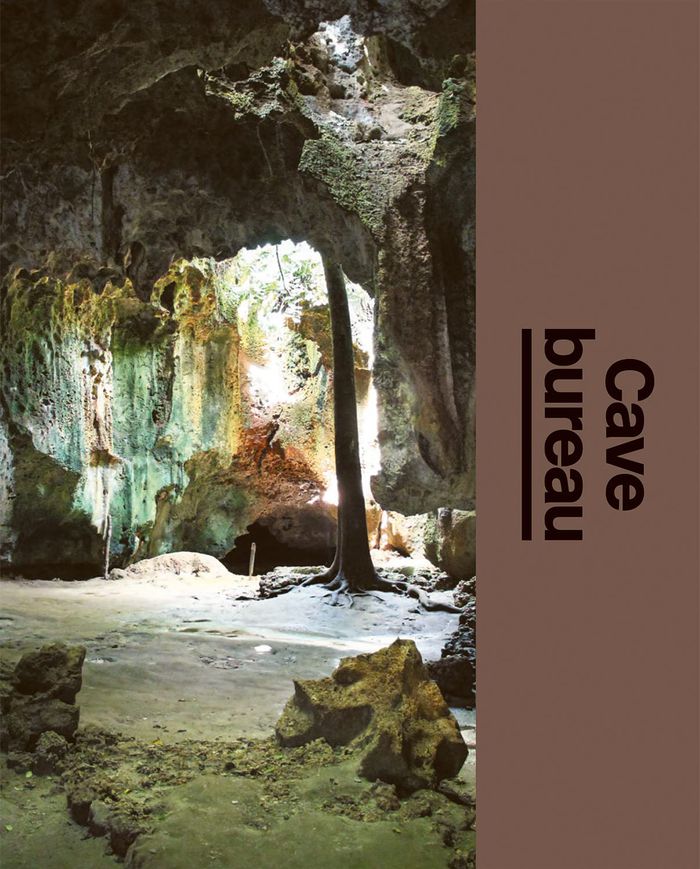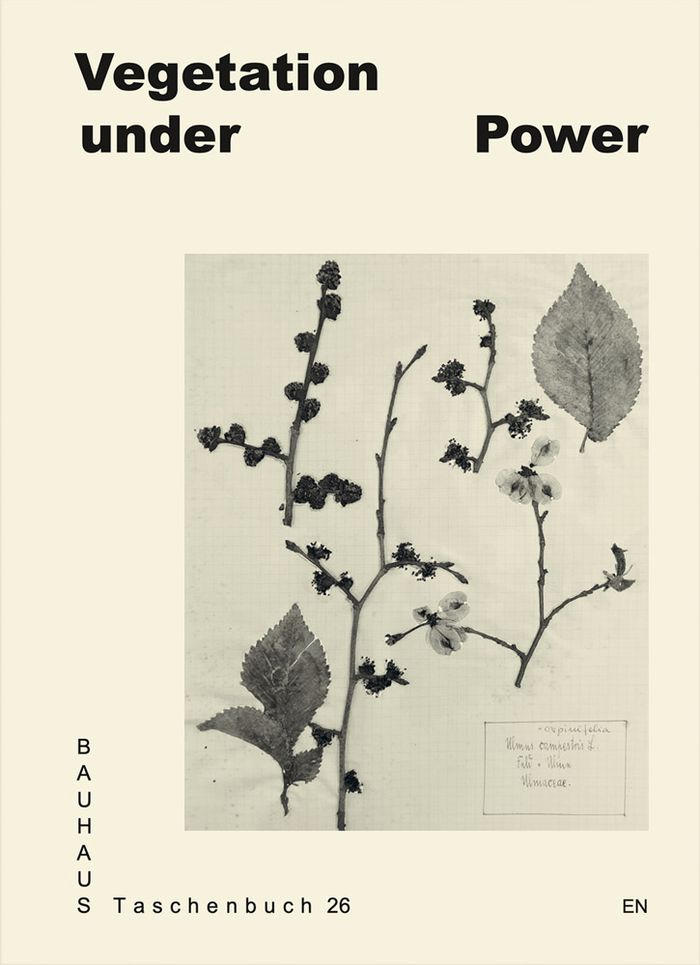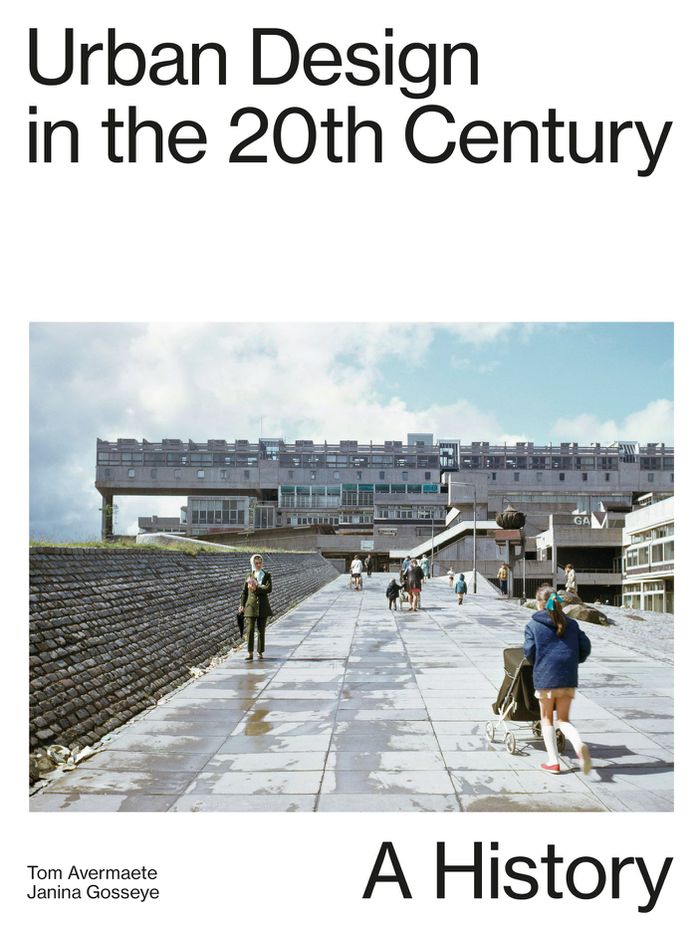Sarah Crowner: format
$20.00
(available to order)
Summary:
The paintings of New York artist Sarah Crowner (born 1974) have offered a new slant on the constructedness of the abstract-geometric painting as developed by Max Bill, Ellsworth Kelly, Agnes Martin and Elizabeth Murray. Crowner sews together painted panels of canvas, raw linen and monochromatic fabrics, introducing a handmade touch to modernist aesthetics that often(...)
Sarah Crowner: format
Actions:
Price:
$20.00
(available to order)
Summary:
The paintings of New York artist Sarah Crowner (born 1974) have offered a new slant on the constructedness of the abstract-geometric painting as developed by Max Bill, Ellsworth Kelly, Agnes Martin and Elizabeth Murray. Crowner sews together painted panels of canvas, raw linen and monochromatic fabrics, introducing a handmade touch to modernist aesthetics that often espoused the minimizing of the artist’s hand. Crowner’s first large-scale artist’s book extends this instinct for materiality to her vast archive of ephemera (magazines, publications, posters) from the 1920s through the 1940s, which she deploys here as a source material for the creation of new images that are built up through imposition, extraction, collaging and printing. Much like her paintings, the resulting works are geometrical and optical abstractions that bring fresh vigor to the tradition on which Crowner draws.
Contemporary Art Monographs
$72.50
(available in store)
Summary:
This fifth volume in Lars Müller’s Architect’s Studio series is dedicated to the Nairobi-based architects Cave_bureau. This acclaimed collective of architects and researchers-- the first Kenyan firm to appear at the Venice Architecture Biennale, in 2021-- explores the synergy between architecture, urbanism and nature, and curates performative events of resistance within(...)
Architecture Monographs
September 2023
Cave bureau: The architect's studio
Actions:
Price:
$72.50
(available in store)
Summary:
This fifth volume in Lars Müller’s Architect’s Studio series is dedicated to the Nairobi-based architects Cave_bureau. This acclaimed collective of architects and researchers-- the first Kenyan firm to appear at the Venice Architecture Biennale, in 2021-- explores the synergy between architecture, urbanism and nature, and curates performative events of resistance within caves along the Great Rift Valley in East Africa. The cave, as physical space and as metaphor, is seen by the collective as a provocation to test the limits of contemporary architecture. Here, Cave_bureau’s Stella Mutegi and Kabage Karanja describe eight of their projects. Photographs are accompanied by essays posing questions about the future of architecture in the age of the Anthropocene, the effects of colonial extraction and erasure on African architecture, as well as the specificity of each continent and each geographic space.
Architecture Monographs
Atlas of AI
$39.95
(available to order)
Summary:
What happens when artificial intelligence saturates political life and depletes the planet? How is AI shaping our understanding of ourselves and our societies? Drawing on more than a decade of research, award-winning scholar Kate Crawford reveals how AI is a technology of extraction: from the minerals drawn from the earth, to the labor pulled from low-wage information(...)
Atlas of AI
Actions:
Price:
$39.95
(available to order)
Summary:
What happens when artificial intelligence saturates political life and depletes the planet? How is AI shaping our understanding of ourselves and our societies? Drawing on more than a decade of research, award-winning scholar Kate Crawford reveals how AI is a technology of extraction: from the minerals drawn from the earth, to the labor pulled from low-wage information workers, to the data taken from every action and expression. This book reveals how this planetary network is fueling a shift toward undemocratic governance and increased inequity. Rather than taking a narrow focus on code and algorithms, Crawford offers us a material and political perspective on what it takes to make AI and how it centralizes power. This is an urgent account of what is at stake as technology companies use artificial intelligence to reshape the world.
$42.95
(available to order)
Summary:
After visiting hundreds of museums across Alberta, Lianne McTavish chronicles some of the most challenging and unexpected sites where the idea of the museum is being reshaped. Addressing themes of place, land, colonization, rurality, heritage, childhood, and play, McTavish reveals the museum visitor as multifaceted, with locals and tourists often interpreting museums(...)
Voluntary detours: small town and rural museums
Actions:
Price:
$42.95
(available to order)
Summary:
After visiting hundreds of museums across Alberta, Lianne McTavish chronicles some of the most challenging and unexpected sites where the idea of the museum is being reshaped. Addressing themes of place, land, colonization, rurality, heritage, childhood, and play, McTavish reveals the museum visitor as multifaceted, with locals and tourists often interpreting museums very differently. Case studies include the World Famous Gopher Hole Museum, Fort Chipewyan Bicentennial Museum, Blackfoot Crossing Historical Park, and the Museum of Fear and Wonder. A key chapter analyzing sites devoted to resource extraction explores how these places promote settler colonial understandings of land use. By contrast, Indigenous museums and cultural centres defy colonial messages in displays that adapt and refuse conventional museum formats. Honouring local, rural, and Indigenous knowledge, 'Voluntary Detours' enriches critical accounts of the past, present, and future of museums.
Museology
$21.00
(available in store)
Summary:
Bitterfeld’s county museum, Kreismuseum Bitterfeld, contains a black box with herbaria dating from 1931. This collection, compiled by botanist Hans Weber, is an inventory of the flora gathered in the nearby Goitzsche region, a forested area of floodplain. It was not long before the plant life collected here was forced to give way to society’s demand for brown coal. Taking(...)
Vegetation under power: heat, breath, growth
Actions:
Price:
$21.00
(available in store)
Summary:
Bitterfeld’s county museum, Kreismuseum Bitterfeld, contains a black box with herbaria dating from 1931. This collection, compiled by botanist Hans Weber, is an inventory of the flora gathered in the nearby Goitzsche region, a forested area of floodplain. It was not long before the plant life collected here was forced to give way to society’s demand for brown coal. Taking the herbaria as its starting point, this book interweaves stories about Bitterfeld’s energy-defined landscape with the modern legacy of the Bauhaus. Using archival documents, physical interventions, and field studies, the book proposes a new reading of the Bauhaus’s modernist motto ”Light! Air! Sun!“ recast as ”Heat, Breath, Growth“. The book thus points up the downside of resource extraction and environmental destruction in the ”clean modern age“, while also identifying movements in search of a nature-based culture characterized by care and stewardship.
Contemporary Architecture
$95.00
(available to order)
Summary:
Our time is an urban age. More people live in cities than ever before, cities are growing larger and denser than ever, and urbanity has reached unprecedented levels of complexity. This boom in urbanization began in earnest around the turn of the twentieth century when technological advancement and the extraction of seemingly endless supplies of natural resources propelled(...)
Urban design in the 20th century
Actions:
Price:
$95.00
(available to order)
Summary:
Our time is an urban age. More people live in cities than ever before, cities are growing larger and denser than ever, and urbanity has reached unprecedented levels of complexity. This boom in urbanization began in earnest around the turn of the twentieth century when technological advancement and the extraction of seemingly endless supplies of natural resources propelled urban development. As urban populations steadily increased, architects and planners were not only faced with designing housing and public space but also with responding to emerging societal challenges such as political tensions, reconstruction, decolonization, economic crises, growing climatic concerns, and cultural shifts. Through the analysis of more than one hundred richly illustrated urban design projects and initiatives, this book provides a comprehensive history of how these challenges have fomented new attitudes and approaches in the discipline of urban design.
Urban Theory
$40.00
(available in store)
Summary:
What happens when artificial intelligence saturates political life and depletes the planet? How is AI shaping our understanding of ourselves and our societies? Drawing on more than a decade of research, award-winning scholar Kate Crawford reveals how AI is a technology of extraction: from the minerals drawn from the earth, to the labor pulled from low-wage information(...)
Atlas of AI: Power, politics, and the planetary costs of artificial intelligence
Actions:
Price:
$40.00
(available in store)
Summary:
What happens when artificial intelligence saturates political life and depletes the planet? How is AI shaping our understanding of ourselves and our societies? Drawing on more than a decade of research, award-winning scholar Kate Crawford reveals how AI is a technology of extraction: from the minerals drawn from the earth, to the labor pulled from low-wage information workers, to the data taken from every action and expression. This book reveals how this planetary network is fueling a shift toward undemocratic governance and increased inequity. Rather than taking a narrow focus on code and algorithms, Crawford offers us a material and political perspective on what it takes to make AI and how it centralizes power. This is an urgent account of what is at stake as technology companies use artificial intelligence to reshape the world.
Critical Theory
books
Description:
1 volume (158 pages) : illustrations en couleurs, photographies en couleurs. ; 33 cm.
Pesmes : Éditions Avenir Radieux, DL 2024.
Trilogie : Atelier Architecture Perraudin : trois architectures en pierre / textes Olivier Namias ; photographies Luc Boegly.
Actions:
Holdings:
Description:
1 volume (158 pages) : illustrations en couleurs, photographies en couleurs. ; 33 cm.
books
Pesmes : Éditions Avenir Radieux, DL 2024.
books
$32.95
(available to order)
Summary:
Off the Grid confronts the ecological and cultural problems associated with the way we get and use energy, and explains how it is possible to live in a beautifully designed home using much less--no matter where your home is located. Our homes are connected by a nearly invisible grid of infrastructure that binds us together. It is a system of electrical poles, wire,(...)
Modern homes + alternative energy
Actions:
Price:
$32.95
(available to order)
Summary:
Off the Grid confronts the ecological and cultural problems associated with the way we get and use energy, and explains how it is possible to live in a beautifully designed home using much less--no matter where your home is located. Our homes are connected by a nearly invisible grid of infrastructure that binds us together. It is a system of electrical poles, wire, substations, hydroelectric dams, telecommunication towers, and water extraction and sewage systems. From within this system we work, play, and raise families. We have also created one of the greatest environmental challenges known to modern civilization. The signs of our impact upon the world can be recognized in the reports of environmental changes occurring across the earth, and they can also be seen in the growing failures of the energy grids across the world as the current system is stressed beyond its capacity.
books
November 2005, Layton
Green Architecture
Seeing into stone
$40.00
(available in store)
Summary:
This publication describes a technique applied by experienced stone carvers, when they work on sculptural objects: before they start cutting into a stone they contemplate its surface to anticipate the structure and natural growth beneath it. This ritual of looking into opaque matter describes a spiritual practice. At the same time it functions as a metaphor for a special(...)
Seeing into stone
Actions:
Price:
$40.00
(available in store)
Summary:
This publication describes a technique applied by experienced stone carvers, when they work on sculptural objects: before they start cutting into a stone they contemplate its surface to anticipate the structure and natural growth beneath it. This ritual of looking into opaque matter describes a spiritual practice. At the same time it functions as a metaphor for a special kind of tunnel vision, focused on what lies invisible under a surface. This book is a time travel through past and present, above and below ground. Landscapes, impacted and even created by resource extraction are put into context with contemporary industrial mining equipment and historical cast iron utilitarian goods. Through the combination of images from very different archives, connections are made that speak about the complex relationships of humans and minerals. Images and texts contribute to a debate on mineral and human coevolution, that redefines the separation between life and non-life.
Contemporary Art Monographs







